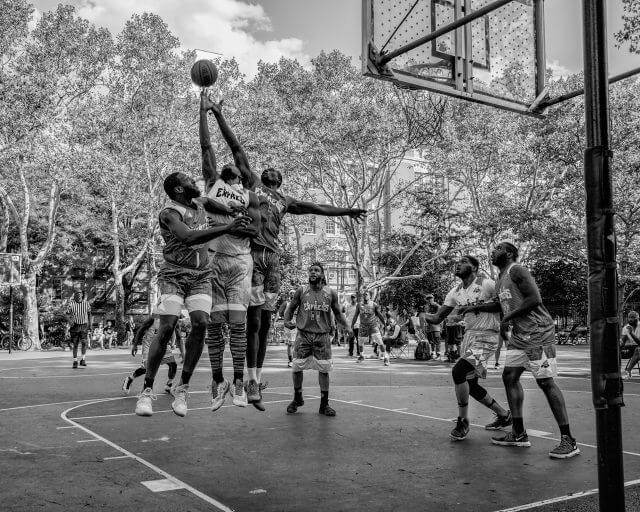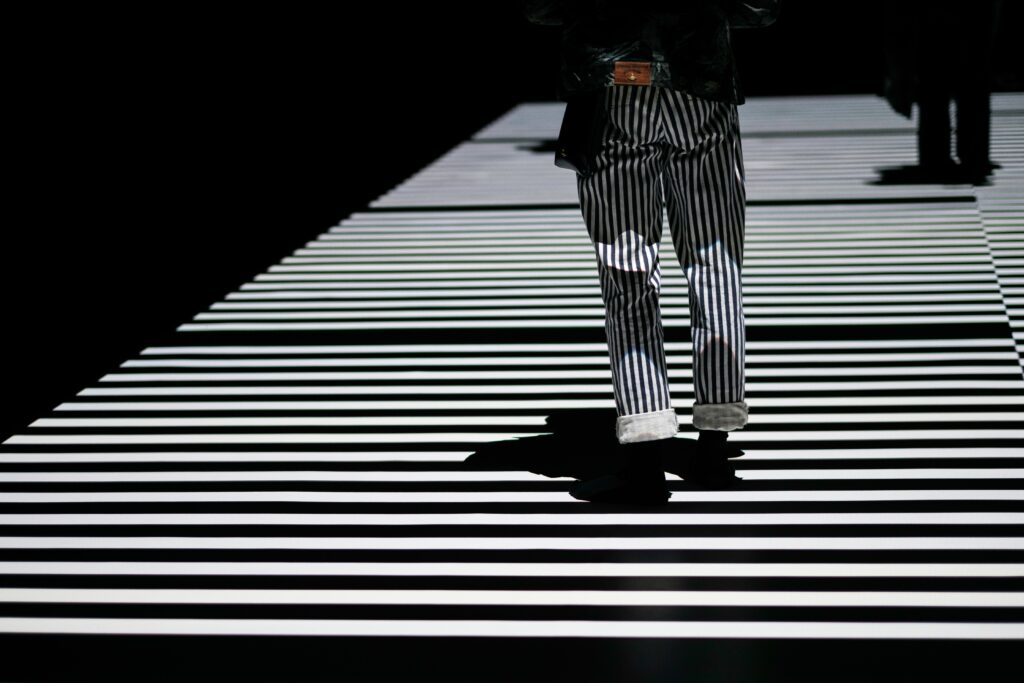When it comes to advice about best practices for street photography, it seems that there are several schools of thought that contradict one another. There are photographers who make it a point to seek permission from prospective subjects, whereas others photograph people in public spaces without feeling encumbered by the need for individual consent. Some street photographers are strict adherents to zone focusing; some street photographers are perfectly happy using autofocus. There are plenty of photographers who insist on converting their images to black and white, while others zealously stick to color.

One Rule To Rule Them All: Slow Down
Philosophical nuance aside, most of the ideas mentioned above can certainly be boiled down to personal preference, but for newer photographers who are simply looking for a pathway to improvement, the various ideologies you are bound to encounter can be overwhelming and confusing. It is my hope, then, that you can forgive me for perpetuating the pattern of seemingly paradoxical advice, but if there’s one idea I would stress above all others in your quest to capture the streets, it’s to remember that life moves fast…so slow down.

The Decisive Value Of Patience
Indeed, those precious sought after “decisive moments” are fleeting. Blink and they’ve vanished before you can even raise your camera. The inexperienced street shooter’s typical reaction to this paradigm is to hurry up. To hurry from one location to the next or one subject to the next; to rush through an already underdeveloped workflow. It’s an understandable reaction — we develop a sense of urgency once we feel the need to keep pace with something that we perceive as getting away from us. The problem with this mindset, particularly for street photographers, is that it results in a spray and pray approach to shooting. If your photography technique pivots around sheer luck, you’re never going to achieve the growth you desire for yourself.

Building A Photo Piece By Piece
Successful street photography doesn’t begin with the decisive moment. Successfully capturing the decisive moment is the byproduct of one’s dedication to learning to see, both literally and figuratively. You have to slow down and observe your surroundings and the people that move past you. Look for gestures and facial expressions; notice the way they dress, the way they walk. Juxtapose all this against the environment. Now take these elements and arrange them in a visually appealing frame while also accounting for the light and how its contributing to (or detracting from) the scene. If it sounds like a lot, well…it is. There’s a lot to think about before you ever get to the decisive moment.

Trust The Process
You will eventually discover that there is an unmistakable difference between being in a rush and reacting quickly when doing street photography. Sharp instincts and quick reflexes are invaluable to a street photographer; these are tools that best function in tandem with keen observational skills and will surely become stronger with time and practice. Being in a rush, on the other hand, increases the likelihood that you are going to miss not only interesting subject matter but also the decisive moment because your order of operations for getting the shot is all wrong.
So, in the midst of the relentless motion and speed of life on the streets, remember to slow down. Watch as life happens around you and trust the process of making a photograph. The decisive moment will happen — it always does. Will you be paying close enough attention to capture it?





3 Comments
Great advice. I love to sit and watch the world go by, and I love photography. It’s having the courage to combine the two that I’ve found a challenge. Thanks for this excellent advice. 🙂
Don’t be afraid to interact with people – especially the homeless. I have found that they just want someone to talk to. They are not all alcoholics or on drugs.
Great ideas shared by you and it’s upon the photographer to choose and use the moment.
Love it.